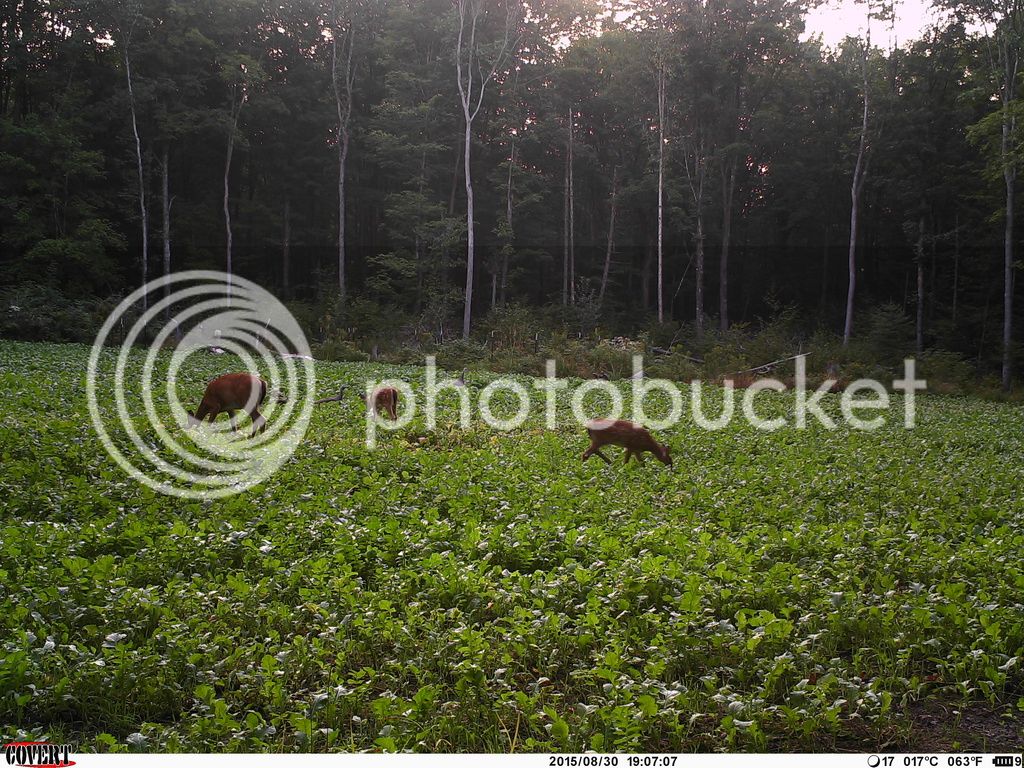Do you know if they are fat clays (CH) or lean clays (CL) BJE? Do you know what the NRCS soil description is?
MaB
MaB—Magnor silt loam, 0 to 4 percent
slopes
This deep, nearly level and gently sloping,
somewhat poorly drained soil is in concave areas on
broad ground moraines. Most areas are irregular in
shape and range from about 20 to 2,500 acres in size.
Typically, the surface layer is very dark grayish
brown silt loam about 10 inches thick. The next layer is
about 14 inches thick. It is mottled. It is pale brown and
strong brown silt loam in the upper part and yellowish
red and pinkish gray sandy loam in the lower part. The
subsoil is yellowish red and reddish brown, mottled
sandy loam about 26 inches thick. The substratum to a
depth of about 60 inches is dark reddish brown
gravelly sandy loam. In some places the subsoil and
substratum are loam, sandy clay loam, or clay loam. In
other places the upper part of the soil is loam or sandy
loam. In some areas the slope is less than 1 or more
than 6 percent.
Included with this soil in mapping are small areas of
the poorly drained and very poorly drained Cable soils,
the moderately well drained Freeon soils, and the well
drained Amery soils. Cable soils are in drainageways
and depressions. Amery and Freeon soils are on the
convex tops and sides of knolls. Also included are
areas of Magnor soils that have cobbles and stones in
the surface layer, that have pockets or strata of gravel,
sand, or loamy sand in the substratum, or that have
bedrock at a depth of 40 to 60 inches. Included soils
make up about 5 to 15 percent of individual mapped
areas.
Permeability is moderate in the silty upper part of
this Magnor soil and extremely slow to slow in the
loamy subsoil and substratum. Surface runoff is
medium or slow. Available water capacity is moderate.
The organic matter content in the surface layer also is
moderate. During wet periods a seasonal high water
table is at a depth of 1 to 3 feet.
Many areas of this soil are used as cropland. Some
are used as woodland. A few are used for pasture.
This soil is suited to corn and small grain and to
grasses and legumes for rotational hay and pasture. If
this soil is cultivated, water erosion is a slight hazard.
Cover crops and conservation tillage practices, such
as chisel planting, that leave a protective amount of
crop residue on the surface help to prevent excessive
soil loss. Excess water also is a problem. It limits the
choice of crops or results in crop damage during most
years. The wetness also delays field preparation,
planting, or harvest. Land smoothing, surface drains,
and diversions help to remove this water.
This soil is suited to permanent pasture and
hayland. Proper stocking rates, pasture renovation,
rotational grazing, and timely deferment of grazing
help to keep the pasture in good condition.
This soil is suited to trees. Because of the wetness,
the trees should be planted by hand or machine on
prepared ridges. Planting vigorous nursery stock helps
to overcome seedling mortality. Harvesting is
frequently limited to periods when the soil is frozen.
Harvesting by clear-cut or area-selection methods
helps to prevent windthrow of the remaining trees.
Competing vegetation interferes with natural
regeneration following harvest. It can be controlled by
applying suitable herbicides or by mechanical removal.
This soil is suited to the development of openland
and woodland wildlife habitat. The vegetation that
provides food and cover can be planted or can
naturally regenerate.
Because of the wetness and the restricted
permeability, this soil is poorly suited to septic tank
absorption fields. In some areas the effluent can be
pumped to an absorption field in better suited soils
that are higher on the landscape.
Because of the wetness, this soil is poorly suited to
dwellings. Building dwellings without basements on fill
material, which raises the level of the site, and
constructing basements above the level of wetness
help to overcome this limitation. The wetness also can
be overcome by installing a subsurface drainage
system that has a dependable outlet, such as a gravity
outlet.
This soil is poorly suited to local roads and streets
because of the wetness and frost action. The wetness
can be overcome by using fill material to raise the
roadbed above the wetness level or lowering the
seasonal water table by installing a subsurface
drainage system. The potential for frost action can be
overcome by installing a subsurface drainage system
in the roadbed or by replacing the upper part of the
soil with coarse textured base material, such as sand
or gravel.
The land capability classification is IIe. The
woodland ordination symbol is 3W.







